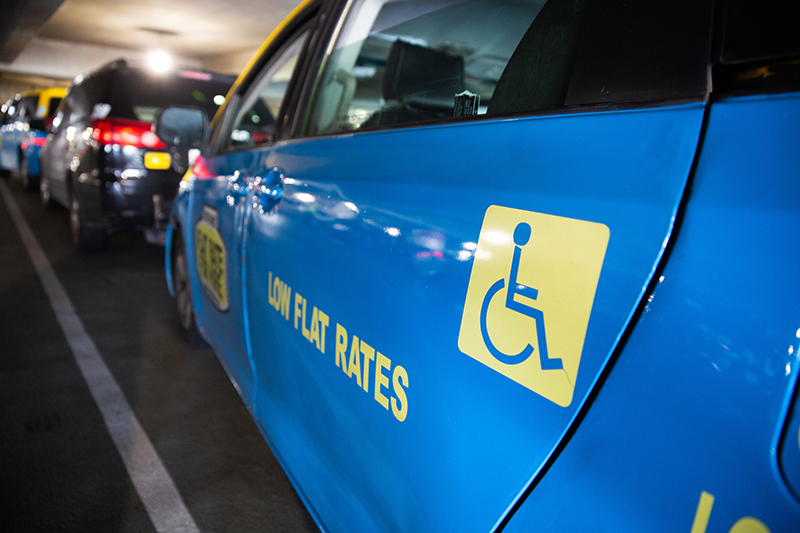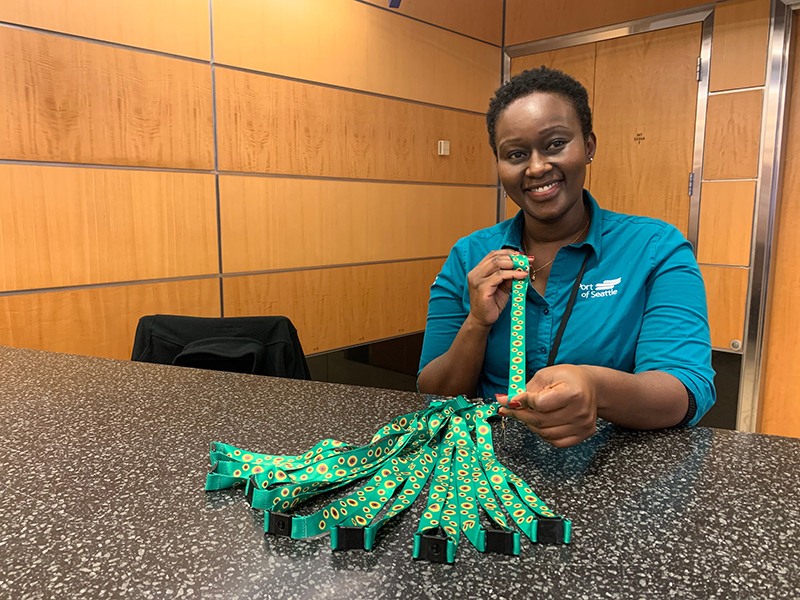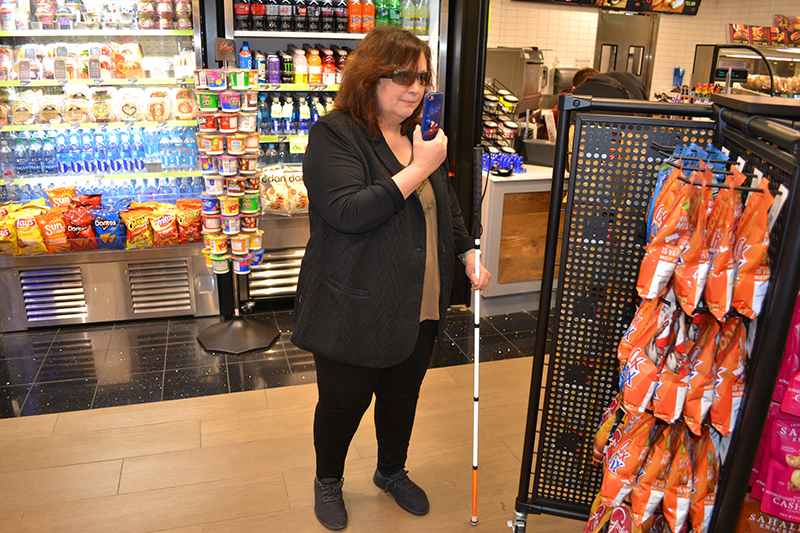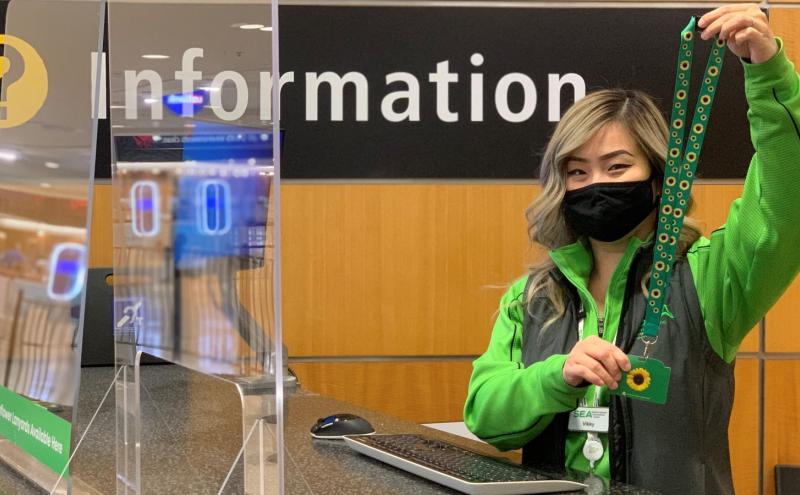
In the new year at Seattle-Tacoma International Airport (SEA), we’re taking stock of where we are, recalibrating priorities, and considering how to improve the experience of all airport users. One 2021 New Year’s Resolution is to continue the journey to becoming the most accessible airport in the country.
At SEA, your travel experience should be easy, safe, and comfortable. So this year, we’re expanding existing programs and introducing improved airport experiences for all users.
1. Accessible pick up at baggage claim

It's essential that all travelers can navigate the airport safely and easily. So on January 1, 2021 a new pilot program launched to improve access at the airport for travelers with mobility challenges.
Any passenger or airport user who needs a wheelchair-accessible taxi already has the option to arrange their pick up in advance. These vehicles will pick you up right outside baggage claim on the Arrivals Drive. The big change in 2021 is that the required annual permit for wheelchair accessible commercial vehicles has been discounted by 90 percent.
Commercial transportation operators are eligible for the discounted permit that allows unlimited pre-arranged Arrivals Drive pickups for travelers who need an accessible vehicle. The significant discount is intended as an incentive to provide more accessible options for customers needing these services. SEA plans to evaluate the effectiveness of this pilot program throughout the year. Travelers choosing a taxi or flat-rate ride can still take accessible vehicles in the on-demand fleet on the third floor of the parking garage.
The Wheelchair Accessible Taxi Association of Washington (WATs) has worked with the Port of Seattle for more than five years to expand and improve transportation access for people with disabilities.
“We are grateful for the partnership, and thrilled at the new and special permit for wheelchair accessible taxicabs,” said Cindi Laws, director and lobbyist at the WAT. “WAT operators will now be able to better serve customers with pre-arranged pickups outside baggage claim. This is the latest step in the Port of Seattle's effort to make SEA the Most Accessible Airport in America, and we are honored to play a role in achieving this goal."
2. New Sensory Room
SEA will open the first Sensory Room in February to address the needs of passengers with autism, sensory processing disorders, or those who need a calming recovery space from the sights and sounds of the airport. Located within the train station beneath the A gates, the room will be a safe space for families or individual passengers with neurological or developmental disabilities. The special lighting, furniture, and materials are designed to help passengers and caregivers prepare to travel or recover from their journey.
- Check the FlySEA App or ask a Pathfinder in green to help you find the Sensory Room on your next visit
3. Sunflower Lanyards for travelers with hidden disabilities

In 2019 SEA became the first U.S. airport to offer sunflower lanyards to passengers with hidden disabilities such as autism, PTSD, or hearing loss. Because not all disabilities are visible, wearing a sunflower lanyard is a way to discreetly signal to staff that extra assistance, patience, or understanding may be needed. In the first year of the program, hundreds of lanyards were distributed at SEA and the program expanded to other U.S. airports. Goals for 2021 include expanded distribution and ensuring all travelers with disabilities get the support they need. Participation in the program is voluntary.
Pro tips:
- To request a lanyard, visit the information desk before security between Checkpoint 3 and Checkpoint 4 (near the Starbucks and US Bank). This desk is staffed from 7:00 a.m. to 9:00 p.m. seven days a week
- Coordinate in advance with your airline and TSA Cares for travel accommodation and assistance
- Learn more about the Sunflower Lanyard Program at SEA
4. Social Story and Resource Guide for travelers with autism
This manual is designed to help travelers with autism navigate the airport in a world of mask-wearing and physical distancing. SEA worked with external stakeholders from the Arc of King County and Washington Autism Alliance & Advocacy to develop the 52-page storybook PDF that can be printed at home or viewed on a device. It's designed to be reviewed before travel for people with autism, their family and caregivers, and anyone who might find it helpful.
- Download the Social Story and Resource Guide
5. Accessible technology

The FlySEA app is an important tool to help you navigate the airport more easily. Find information on accessibility services by clicking the Accessibility button on the App home page. There you can learn how to get a wheelchair in the terminal, use hearing loop and Aira communication services, and get a lanyard for travelers with hidden disabilities.
- Download the FlySEA App
- Learn about Aira, a cell-phone-based tool to help travelers with low vision navigate the airport









